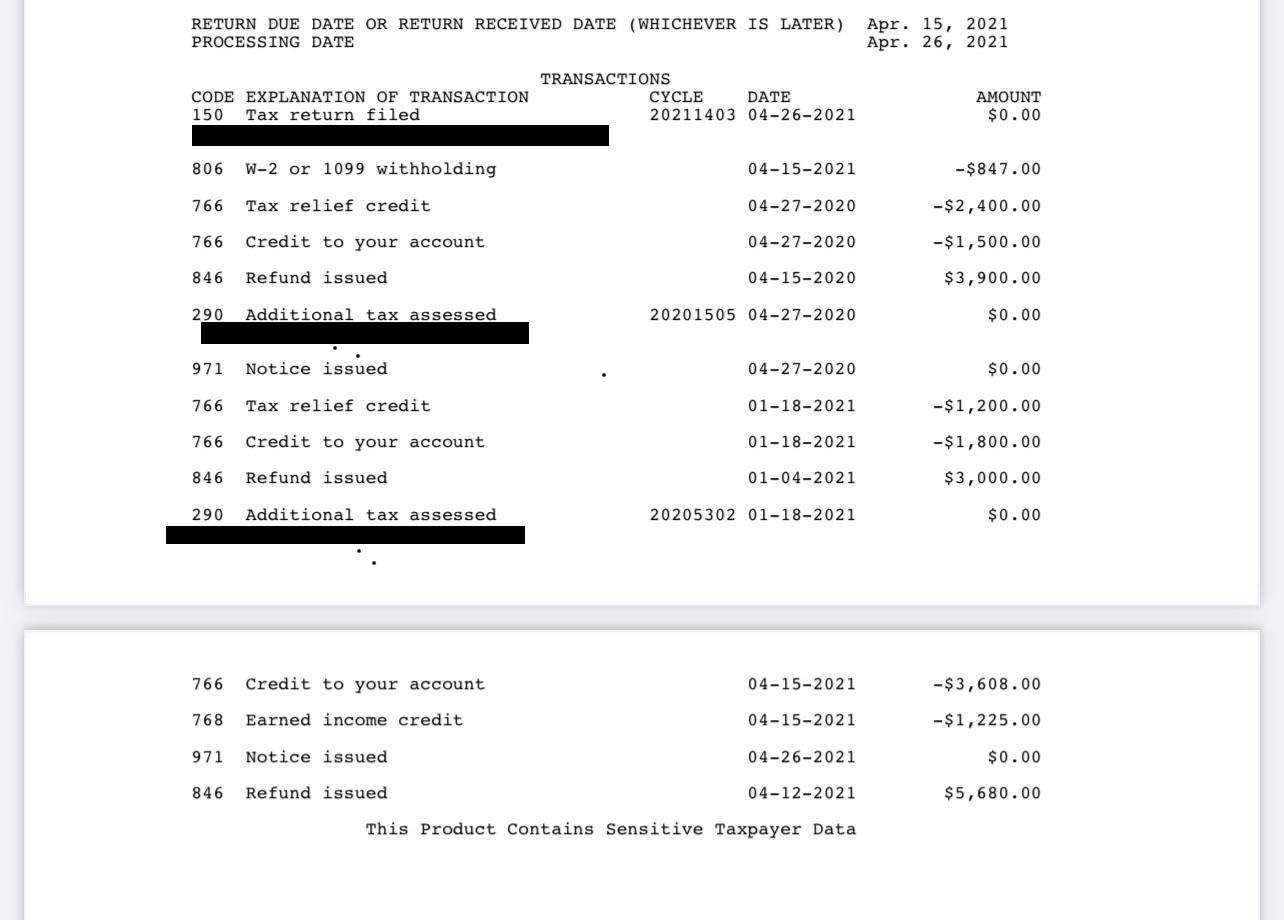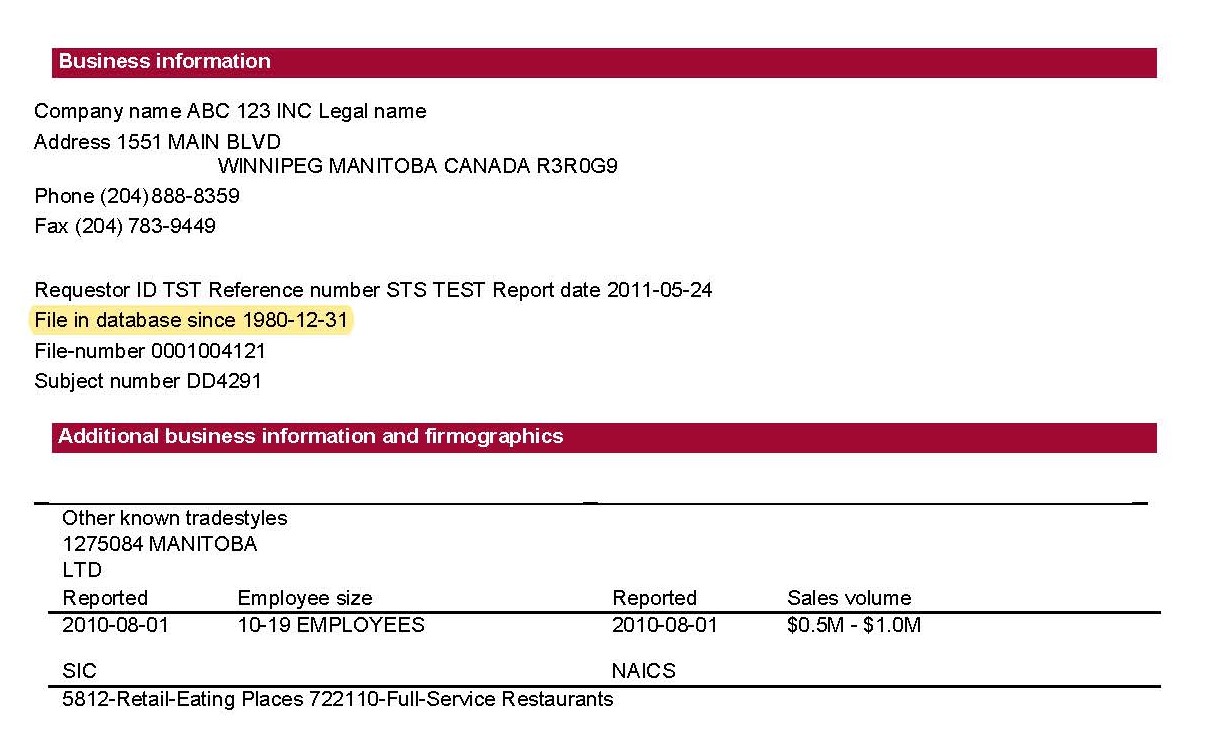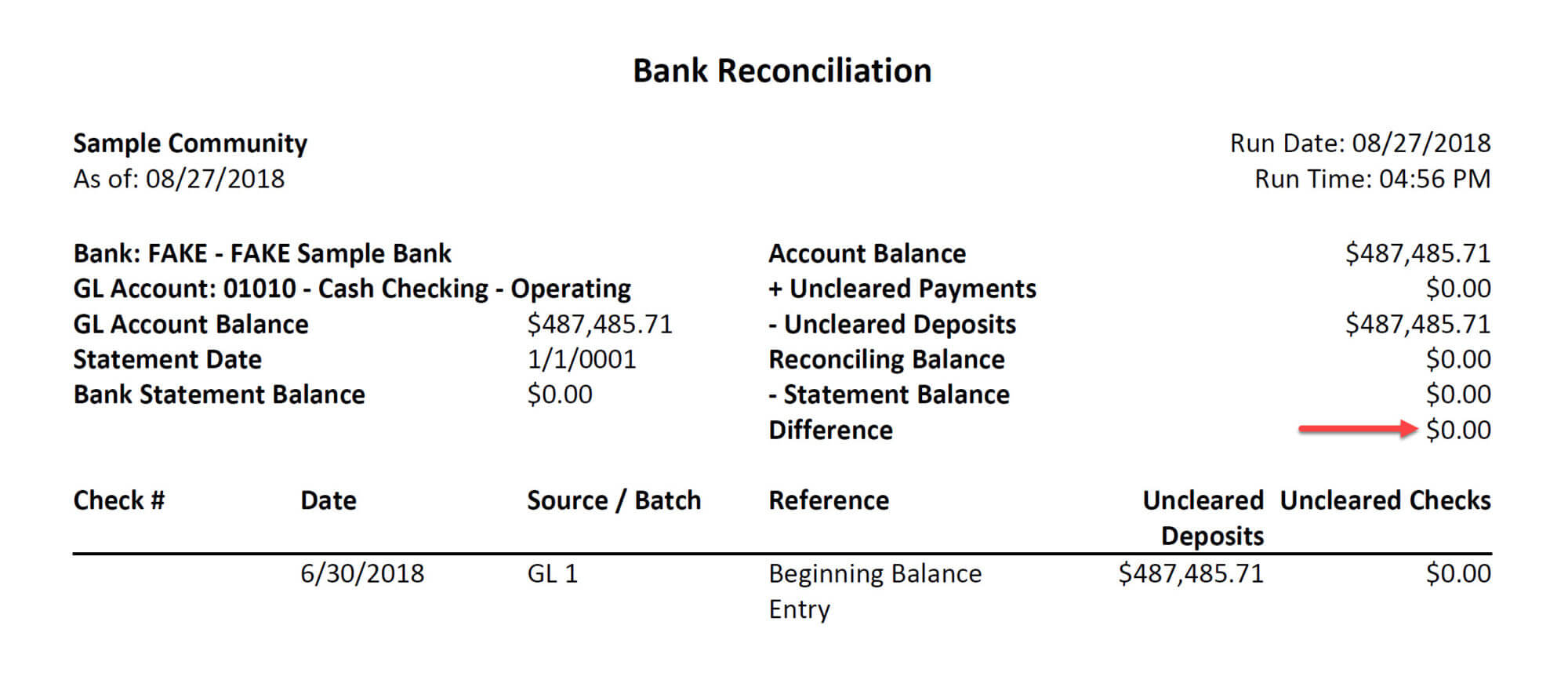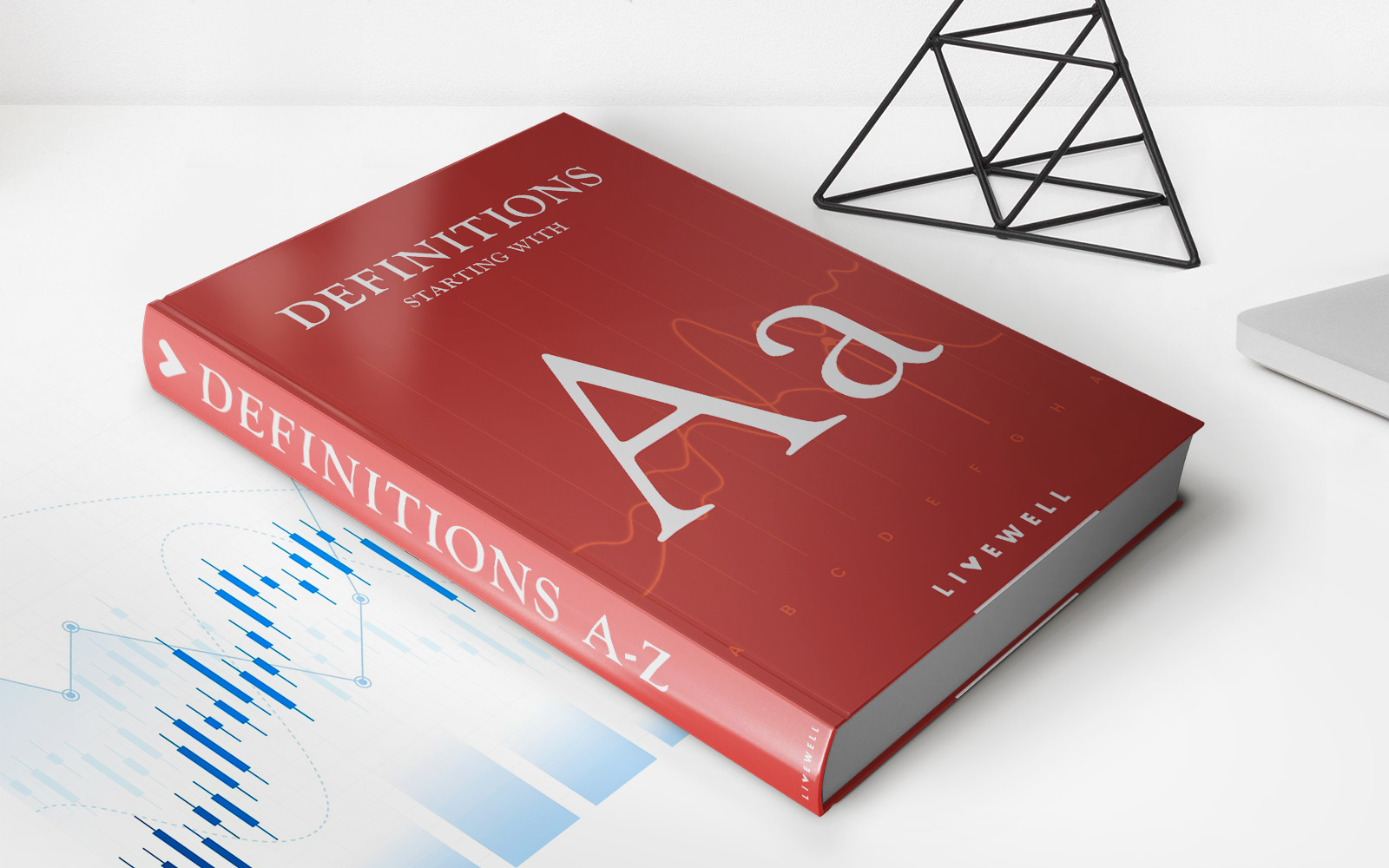

Finance
How To Read A P&L
Published: February 29, 2024
Learn how to read a profit and loss statement with our comprehensive guide. Understand the key financial metrics and make informed decisions. Perfect for anyone interested in finance.
(Many of the links in this article redirect to a specific reviewed product. Your purchase of these products through affiliate links helps to generate commission for LiveWell, at no extra cost. Learn more)
Table of Contents
Introduction
Understanding a company's financial health is crucial for investors, stakeholders, and even employees. One of the essential tools for assessing this is the Profit and Loss (P&L) statement. This financial document provides a comprehensive overview of a company's revenues, costs, and expenses during a specific period, offering valuable insights into its operational efficiency and profitability.
The P&L statement, also known as the income statement, is a fundamental component of financial reporting and is used by analysts, investors, and management to evaluate the company's performance. By examining the P&L statement, stakeholders can gain a deeper understanding of the company's ability to generate profits and manage expenses, ultimately aiding in informed decision-making.
In this article, we will delve into the intricacies of the P&L statement, exploring its key components, analyzing its significance, and highlighting common mistakes to avoid when interpreting it. Whether you're a budding investor, a business owner, or simply someone eager to expand your financial literacy, mastering the art of reading a P&L statement can be a game-changer in your financial acumen. So, let's embark on this journey to unravel the mysteries of the P&L statement and empower ourselves with valuable financial knowledge.
Understanding the P&L Statement
The Profit and Loss (P&L) statement is a financial document that provides a snapshot of a company’s revenues, expenses, and profits over a specific period, typically a fiscal quarter or year. It offers a comprehensive view of the company’s financial performance and is a vital tool for assessing its profitability and operational efficiency. By analyzing the P&L statement, stakeholders can gain valuable insights into the company’s revenue-generating activities, cost management strategies, and overall financial health.
At its core, the P&L statement follows a simple equation: Revenue – Expenses = Profit. This formula encapsulates the essence of the statement, showcasing the relationship between the company’s earnings and its expenditures. The primary goal of the P&L statement is to provide a clear overview of whether the company is generating profits or incurring losses during the specified period.
Moreover, the P&L statement serves as a key tool for internal decision-making and external analysis. Internally, it aids management in evaluating the effectiveness of business operations, identifying areas for cost reduction, and setting performance targets. Externally, it enables investors, creditors, and other stakeholders to assess the company’s financial health, make informed investment decisions, and gauge its ability to meet financial obligations.
By understanding the P&L statement, individuals can gain a deeper appreciation for the financial dynamics of a company, allowing them to make informed decisions based on its performance. Whether you’re an investor seeking profitable opportunities, a manager aiming to optimize operational efficiency, or an employee interested in the company’s financial well-being, comprehending the intricacies of the P&L statement is a valuable asset in navigating the realm of finance.
Key Components of a P&L Statement
When dissecting a Profit and Loss (P&L) statement, it’s essential to understand its key components, each of which provides valuable insights into different aspects of a company’s financial performance. By comprehending these components, stakeholders can gain a holistic understanding of the company’s revenue streams, cost structures, and overall profitability. Let’s explore the essential elements of a P&L statement:
- Revenue: Revenue, also referred to as sales or turnover, represents the income generated from the primary business activities of the company. It encompasses the proceeds from the sale of goods or services and is a fundamental driver of a company’s financial performance.
- Cost of Goods Sold (COGS): This component encompasses the direct costs associated with producing the goods or services sold by the company. It includes expenses such as raw materials, labor, and manufacturing overhead. Calculating the COGS is crucial for determining the gross profit margin.
- Gross Profit: The gross profit is derived by subtracting the COGS from the total revenue. It reflects the profitability of the company’s core business activities and serves as a key indicator of operational efficiency.
- Operating Expenses: Operating expenses encompass the costs incurred in the day-to-day operations of the business, excluding the COGS. These expenses include items such as salaries, rent, utilities, marketing, and depreciation. Analyzing operating expenses provides insights into the company’s cost management strategies.
- Operating Income: Also known as operating profit, this figure is obtained by subtracting the operating expenses from the gross profit. It represents the profit generated from the core business operations before considering interest and taxes.
- Interest and Taxes: This component accounts for the interest expenses and taxes incurred by the company. Understanding these costs is crucial for assessing the company’s financial obligations and overall tax burden.
- Net Income: The net income, often referred to as the bottom line, is the final figure on the P&L statement. It represents the company’s total profit after accounting for all expenses, including interest and taxes. Net income is a key metric for evaluating the overall profitability of the company.
By comprehensively grasping these components, stakeholders can gain a comprehensive understanding of a company’s financial performance, enabling them to make informed decisions and assessments based on the insights derived from the P&L statement.
Analyzing the P&L Statement
Effectively analyzing a Profit and Loss (P&L) statement is crucial for gaining valuable insights into a company’s financial performance and making informed decisions. By scrutinizing the key metrics and trends within the P&L statement, stakeholders can assess the company’s profitability, operational efficiency, and overall financial health. Here are essential steps for analyzing a P&L statement:
- Revenue Trends: Examining the revenue trends over multiple periods can provide valuable insights into the company’s growth trajectory and the performance of its core business activities. Consistent revenue growth is typically a positive indicator, while declining or stagnant revenue may warrant further investigation.
- Cost Analysis: Evaluating the cost of goods sold (COGS) and operating expenses can shed light on the company’s cost management strategies. An increase in COGS or operating expenses relative to revenue may impact profitability and operational efficiency.
- Profit Margins: Calculating and analyzing the gross profit margin and net profit margin can reveal the company’s ability to generate profits from its primary business activities. A declining margin may indicate pricing pressures or increasing production costs.
- Operating Efficiency: Assessing the operating income and operating expenses relative to revenue can provide insights into the company’s operational efficiency and cost control measures. A declining operating income margin may signify inefficiencies in business operations.
- Interest and Tax Implications: Understanding the impact of interest expenses and taxes on the company’s profitability is crucial for assessing its financial obligations and tax burden. High interest expenses may indicate significant debt obligations, while a high tax burden may affect net income.
- Comparative Analysis: Comparing the company’s P&L statement with industry benchmarks and competitors’ financials can offer valuable context for assessing its performance within the broader market landscape.
By conducting a comprehensive analysis of the P&L statement, stakeholders can gain a deeper understanding of the company’s financial performance, identify areas for improvement, and make informed decisions regarding investments, operational strategies, and overall financial planning.
Common Mistakes to Avoid
While analyzing a Profit and Loss (P&L) statement, it’s essential to be mindful of common mistakes that can lead to misinterpretation or oversight of critical financial insights. By recognizing and avoiding these pitfalls, stakeholders can ensure a more accurate assessment of a company’s financial performance. Here are some common mistakes to steer clear of when interpreting a P&L statement:
- Overlooking Non-Recurring Items: Failing to identify and adjust for non-recurring or one-time items, such as extraordinary expenses or windfall gains, can distort the true operational performance of the company.
- Ignoring Seasonal Variations: Neglecting to account for seasonal fluctuations in revenue and expenses can lead to inaccurate assessments of the company’s performance. It’s essential to analyze trends over multiple periods to discern underlying patterns.
- Not Considering Accrual Accounting: Forgetting to recognize that the P&L statement is based on accrual accounting, which records revenues and expenses when they are incurred, rather than when cash actually changes hands, can lead to misconceptions about the company’s financial position.
- Fixating Solely on Net Income: Focusing solely on net income without considering the underlying drivers, such as revenue trends, cost structures, and profit margins, can result in a superficial assessment of the company’s financial health.
- Disregarding Industry Benchmarks: Failing to compare the company’s P&L statement with industry benchmarks and competitors’ financials can lead to a lack of context when evaluating its performance within the broader market landscape.
- Overemphasizing Short-Term Results: Placing excessive emphasis on short-term fluctuations in the P&L statement without considering long-term strategic initiatives and market dynamics can lead to reactionary decision-making.
By being mindful of these common mistakes and adopting a comprehensive approach to interpreting the P&L statement, stakeholders can enhance their ability to make well-informed assessments of a company’s financial performance and avoid potential misinterpretations that may impact decision-making.
Conclusion
Mastering the art of reading a Profit and Loss (P&L) statement is a valuable skill that empowers stakeholders to gain profound insights into a company’s financial performance. By understanding the key components, conducting thorough analyses, and avoiding common pitfalls, individuals can make informed decisions regarding investments, operational strategies, and financial planning. The P&L statement serves as a critical tool for evaluating a company’s revenue-generating activities, cost management strategies, and overall profitability, providing a comprehensive snapshot of its financial health.
By delving into the intricacies of the P&L statement, stakeholders can decipher the story behind the numbers, uncovering trends, opportunities, and potential risks that may impact the company’s trajectory. Whether you’re an investor seeking profitable opportunities, a manager striving to optimize operational efficiency, or an employee interested in the company’s financial well-being, the ability to interpret a P&L statement can be a game-changer in your financial acumen.
As you navigate the realm of finance, remember that the P&L statement is not merely a collection of figures; it is a narrative that encapsulates the company’s financial journey. Each line item and metric unveils a piece of this narrative, providing valuable insights into the company’s performance over time. By honing your skills in interpreting the P&L statement, you can unravel this narrative, gaining a deeper understanding of the company’s strengths, weaknesses, and opportunities for growth.
Ultimately, the P&L statement is a window into the heart of a company’s financial operations, offering a wealth of information for those who seek to understand and harness its power. With a keen eye for detail and a comprehensive approach to analysis, stakeholders can leverage the P&L statement to make informed decisions that drive business success and financial prosperity.














